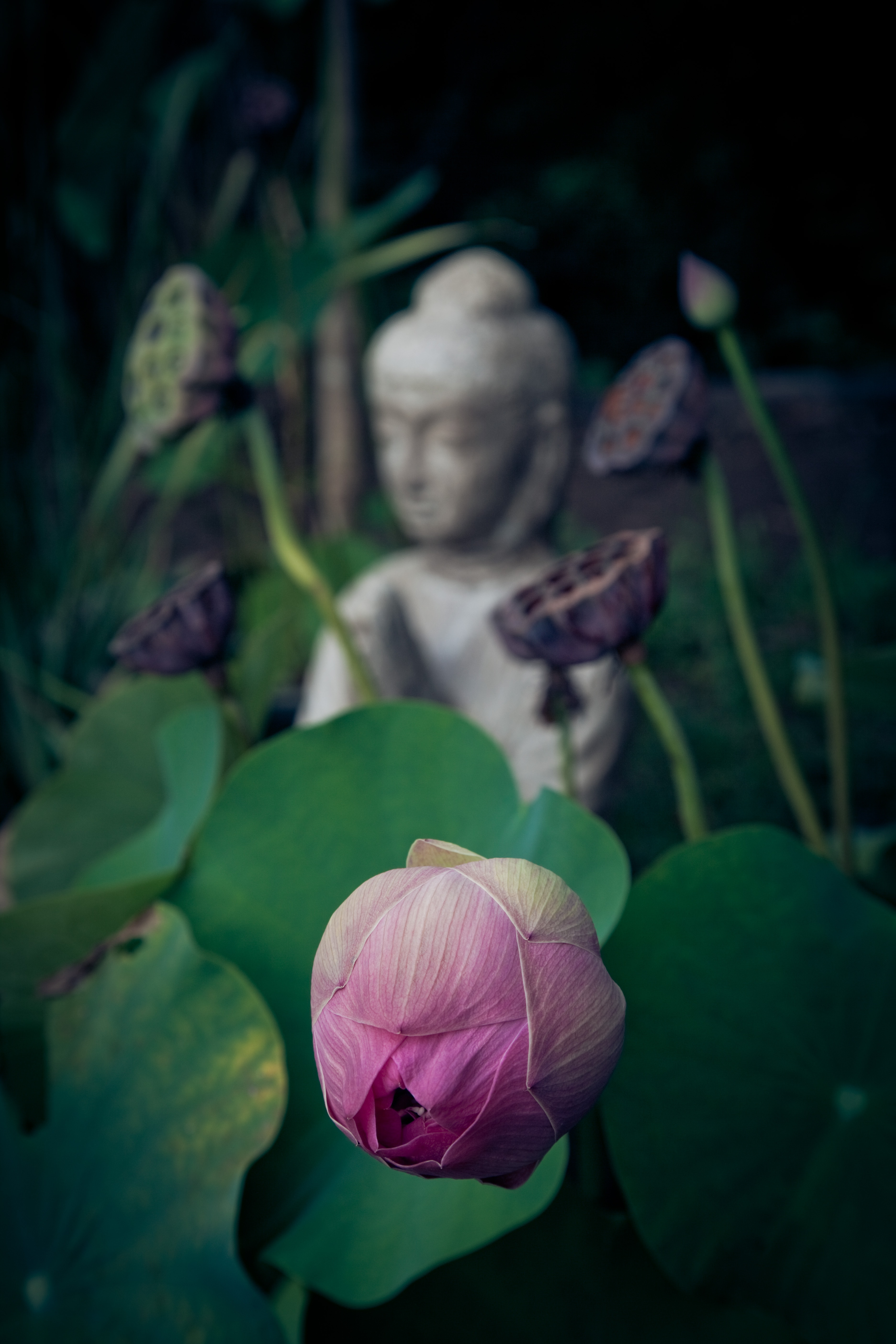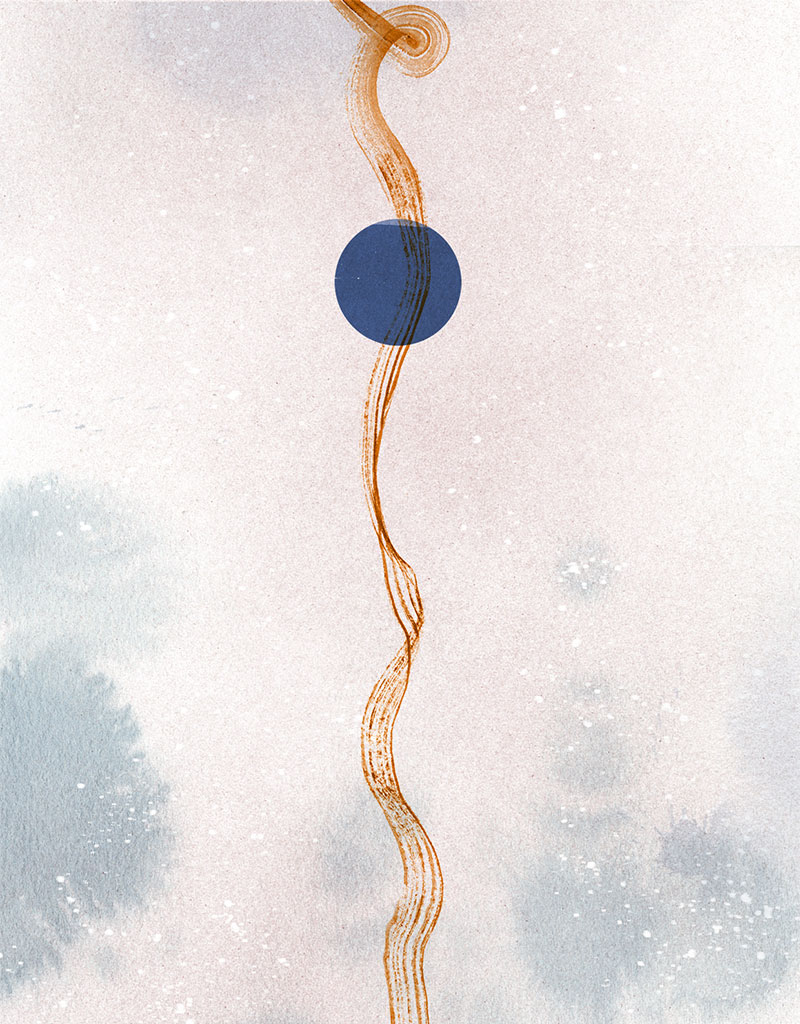Prana is the energy that drives life. When it flows freely and unhindered, we experience a state of physical health and mental calm. But we need to learn how to nurture and nourish the flow of this vital energy
Dr Robert Svoboda

Whoever you may be, and wherever you may live, you live your life well when you live it at the right rate. Plow your way through life and life will wear you out; poke your way along and your life may grind to a halt. Find a pace that suits you, though, and amble along it accordingly, and your world will spontaneously level a path for you.
Life requires of each of us a judicious stride, a step that causes every particle of our being to reverberate with rapport. Some of us find our stride without much effort; a few of us are even born ready to canter. But lots of us stumble along from day to day like we had two left feet, trying in vain to intellectualize our way through life when what all that life asks of us is that we let our prana do our walking for us.
Prana is the energy that drives life, the power that animates the body, enlivens the mind, spurs the soul. Prana is life’s inspiration, its foundation, its tenacity; it is the sure hand on the tiller, the wise voice of good counsel, the urge to health and harmony that craves to turn our bodies into havens where we can take shelter from the storms of the hectic modern world. Prana is at work at every instant in every cell of every living organism, seeking ever to deliver us from disease and confirm us in health, but only in those few people who are genetically fated to be healthy does prana automatically regulate its momentum. The rest of us must learn how to cultivate our prana.
Pranayama, the “control” or “regulation” of prana, is a central principle of many of the varieties of yoga that have emerged from India. Good prana management is particularly essential for those who seek to follow the path of Ashtanga Yoga, the “eight-limbed” yoga of personal development that the ancient seer Patanjali systematised. Patanjali, who taught that “yoga is restraint of the fluctuations of the mind” (yogas chitta vritti nirodhah), sought to restrain those fluctuations by restraining the breath, which can when performed with care cultivate prana admirably. Unfortunately, ever since Patanjali many unwary students and teachers of yoga have equated pranayama with prolonged, forcible holding of the breath, which can actually ruin the body.

Pranayama, the “control” or “regulation” of prana, is a central principle of many of the varieties of yoga that have emerged from India. Good prana management is particularly essential for those who seek to follow the path of Ashtanga Yoga, the “eight-limbed” yoga of personal development that the ancient seer Patanjali systematised.
Wise pranayama begins with observation. When moving your body, how often do you ponder what causes your body to move? When exercising, do you exercise your muscles alone, or also the force that drives them? Do you limit yourself to the physical posture when you perform an asana, or do you perform it energetically as well? A good first step to effective prana stewardship is to alert yourself to your energy posture, your habits of holding and utilising your energy.
Understand your natural affinity with prana and you gain insight into which method of prana cultivation will work most efficiently and effortlessly for you. Sound prana handling is methodical, and the rishis, India’s seers who spent their long lives poring over the many facets of the paradox that is life, proposed a variety of methods to encourage prana to adopt a suitable pace. They advised at the outset that we use the principles of Ayurveda, India’s life-science, to balance Vata, Pitta and Kapha, the three energy strategies of embodied beings. These three Doshas encourage ailments when they are permitted to struggle with one another, and work to support the organism when taught to cooperate. When the three Doshas strive toward amity they serve to strengthen Agni, or Tejas, the fire of transformation that permits us to feed and nourish ourselves. Strong fire digests cleanly the prana that we consume through our breath and through our food, and strong Agni and prana facilitate the development of Ojas, the pure “juice” that makes living worthwhile by cementing together body, mind and spirit and fuelling immunity from illness.
Strong Tejas and Ojas in a body provide prana a good seat (asana) there. Well-seated prana provides us the visceral resolve we need to perform our every action precisely, rightly, with great resolve and enthusiasm. Such a body moves not from obligation but from the joy of movement that is prana’s nature. Well-seated prana enhances immeasurably our ability to perform any yoga posture (asana). As prana becomes carefully settled through the practice of asana our bodies become fit for pranayama, which can promote control of the senses and the mind. Breath, prana and mind are mutually and inherently related; cultivate one well and the other two will fall into line. While many yogis do use breathing exercises to cultivate prana and mind, others use meditation to regulate the breath and prana. Some practice Svara or Gandharva Yoga, control of prana and mind by means of song, and some align breath, prana and mind by means of undiluted devotion to Divinity.
Devotion may be the supreme method for prana control, just as faith is the supreme remedy for disease. Strong faith can turn any placebo into an effective medicine as surely as doubt can render ineffectual the most powerful of remedies. While implicit devotion to Reality can compensate for misalignments in yoga practice, no quantum of technical proficiency in asana will suffice to restrain the mind’s fluctuations when that mind is plagued by doubt. Devote yourself to knowing and cultivating your prana, and your every capillary will soon swell with the exhilaration of genuine vitality. Learn to pace your prana, and your body and mind will automatically fall into step. Dedicate your yoga practice to facilitating and enhancing prana’s glide through your being, and gradually your own prana will start to direct your yoga practice. Treat prana with due respect, and you will find yourself squarely in the centre of life’s flow.
This article was originally published at www.drsvoboda.com and other venues.





